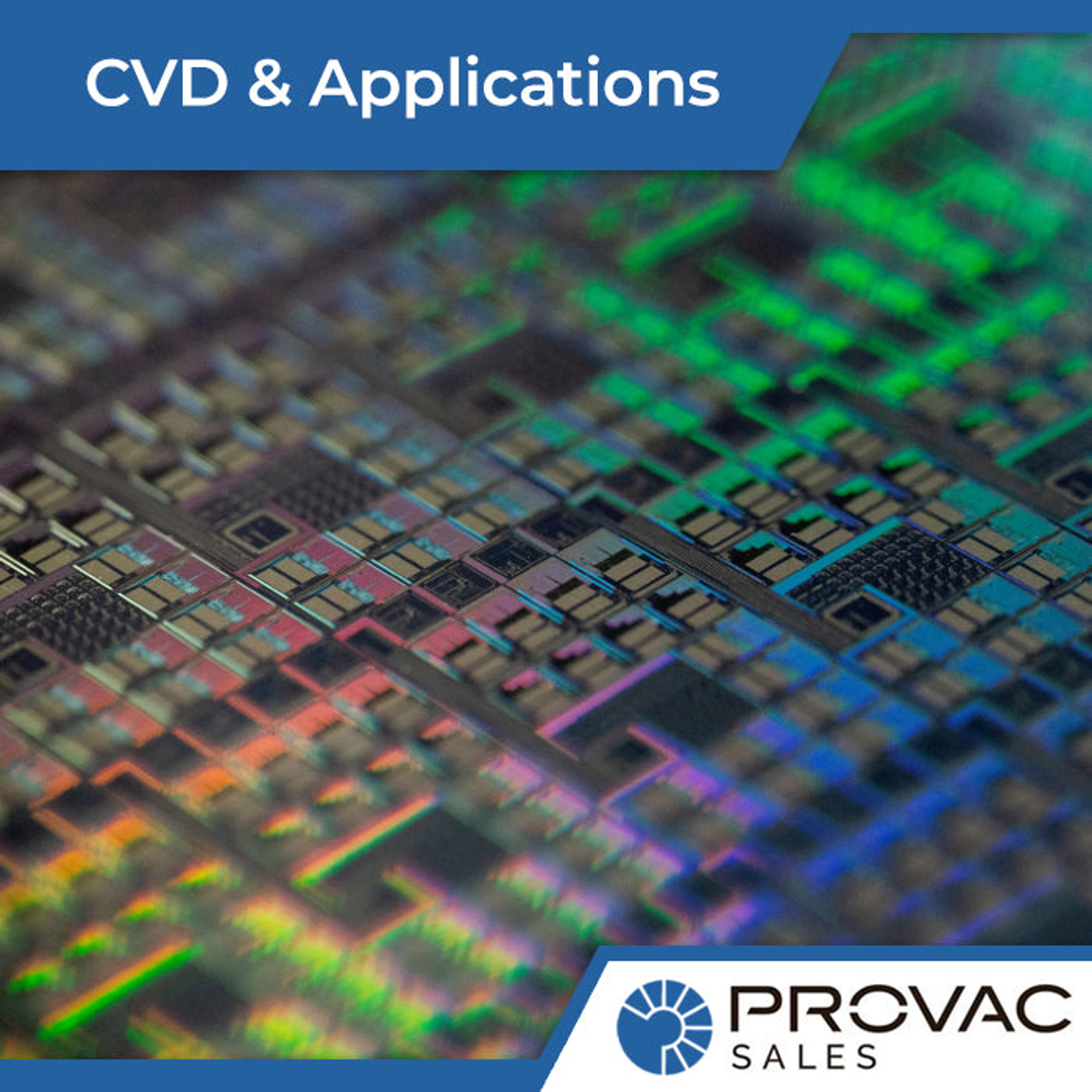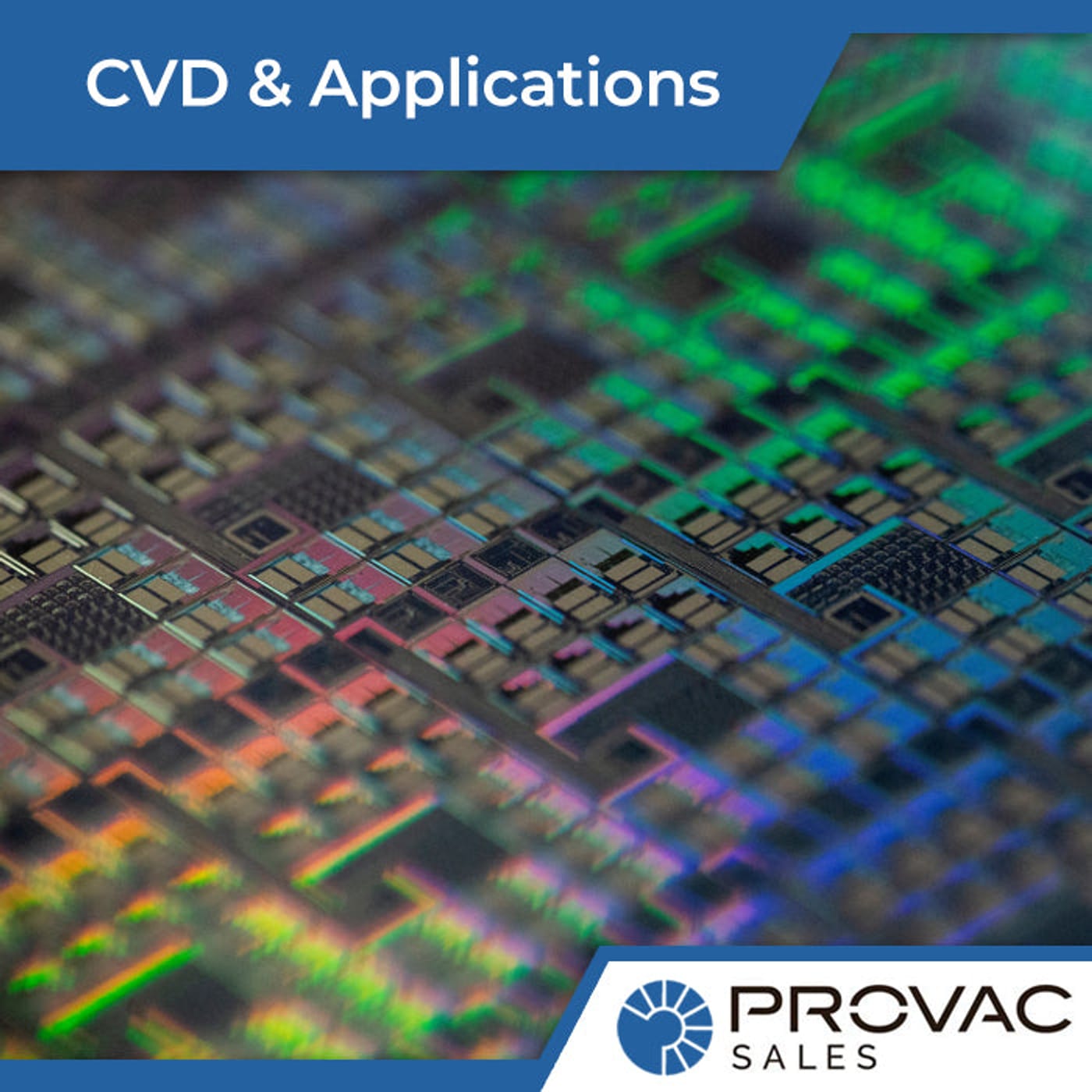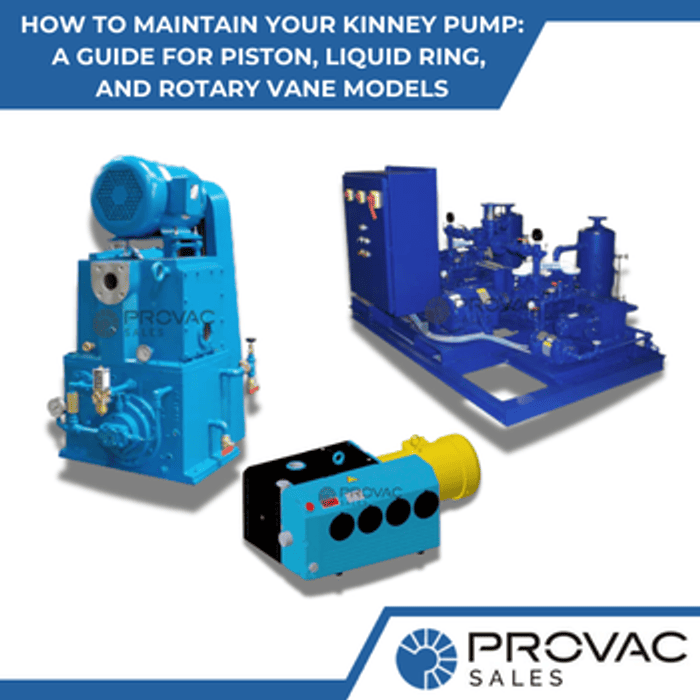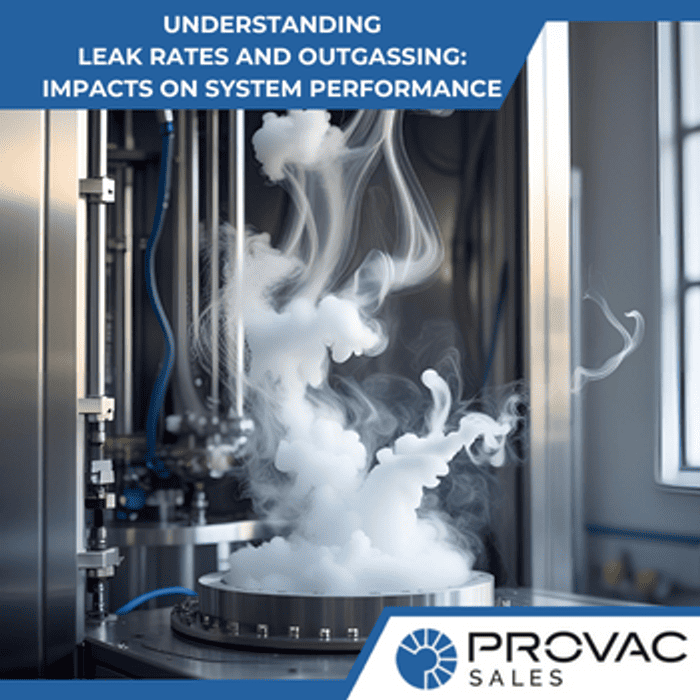The CVD process takes part in an enclosed reaction chamber with the following parts:
- Source of gases and their feed lines. These feed lines are usually made of stainless steel and are used to feed the carrier gases from the source into the chamber for dissociation and depositing on the product surface
- Mass flow controllers are usually used to control the flow of the precursor gases into the chamber
- Heating source on both ends of the chamber. This is used to heat the wafer on which the coating film is deposited
- Temperature and pressure sensors
- Quartz tube to hold the substrate
- The exhaust chamber helps treat any harmful gases that may be produced as a by-product.
CVD Process
A reactant vapor and dilute inert gases are directed into the reaction chamber at a specified flow rate at a high temperature through diffusion. The reactants and gas molecules now split into films and precursors which then diffuse and adhere to the growth surface of the substrate. Due to the chemical reactions of the gas molecules on the surface, they form a film on the surface. During the CVD process, diffusion takes place where the gaseous reactants go through the boundary layer (atmospheric gas) and adsorb on the substrate. This leads to a chemical reaction, producing the coating film that is deposited on the substrate. The coating film is fairly adherent due to the chemical reactions, since the substrate acts as a catalyst for the chemical reaction to take place.
It is important to note that the reactions in CVD occur in the gas phase to produce a solid coating on the wafer and the product has poor uniformity with several particles. Make sure that the reaction occurs on the wafer so that the coating is deposited on the wafer surface.
There are different types of CVD depending on the operating pressure and heating system. If a chamber uses a heating system that heats up the walls of the chamber and the substrate simultaneously, it is referred to as a hot wall. This is because there are heaters on both sides of the reactor walls. Films are usually deposited on both the substrate and the wall chambers. If the heating system is only at the substrate level and not walls, that is referred to as cold-wall.
As for operating pressure CVDs, we have the atmospheric pressure CVDs that operate under atmospheric pressure, low pressure CVDs operate at a higher temperature than atmospheric pressure CVD, while the Plasma Enhanced CVD operates under low pressure, but does not depend on thermal energy to accelerate the reaction process.
How is CVD used to coat glass?
CVD can be applied to glass, ceramics, and metals. For glass coating, Pyrolytic online coating is utilized. This is a CVD process made in the bath section of the float line in such a way that once the glass enters the tin bath, its temperature is usually high, about 1049° Celsius and as it goes to the exit end of the bath, the temperature reduces to about 605° Celsius and a coating is formed on the glass. Silane gas together with nitrogen is introduced close to the glass surface, and due to the temperature, a chemical reaction takes place where pure silicon condenses on the glass to form a hard, durable coating.
Applications of CVD processes
CVD processes are used by many industries such as the aircraft and automotive industries. They are used to modify surfaces to promote adhesion. Through the CVD process, coatings increase the longevity of materials, such as making metals resistant to rust and corrosion. CVD is used in the semiconductor industry to make materials that are used to produce solar panels, light-emitting diodes, and integrated circuits found in devices like phones and televisions. CVD also helps prepare single crystal metal oxides, such as sapphire and ferrites. Lastly, it is through the CVD process that net shape products such as tubes and crucibles are produced. The substrate is removed and leaves a free-standing thin material.





